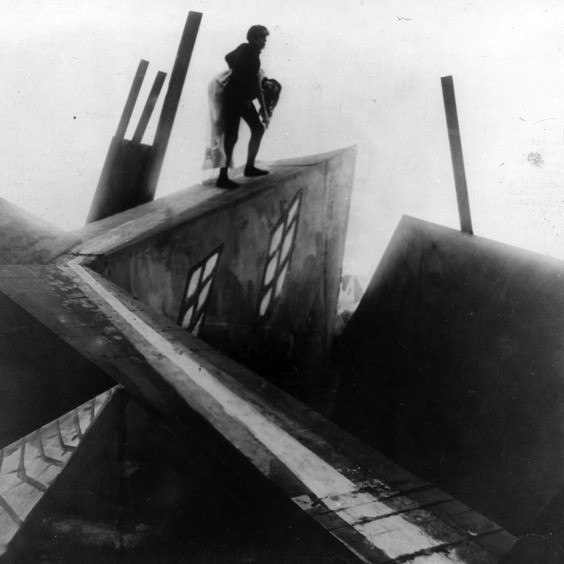Aliza Richardson fixes her gaze on memorable houses in film, exploring their uniqueness as architectural marvels and evocative cinematic locations.


Aliza Richardson fixes her gaze on memorable houses in film, exploring their uniqueness as architectural marvels and evocative cinematic locations.

In a new feature, Aliza Richardson fixes her gaze on memorable houses in film, exploring their uniqueness as architectural marvels and evocative cinematic locations.

In a new feature, Aliza Richardson fixes her gaze on memorable houses in film, exploring their uniqueness as architectural marvels and evocative cinematic locations.

Depiction of the architecture of the future is the ultimate expression of the relationship between cinema and the built environment. Credible realisation on film required budgetary and technical restrictions to be overcome, but also an awareness of actual architectural achievement and an understanding that the distance between the present and any projected future is rather […]

The historical epic dates from the earliest days of cinema, with Intolerance and Ben-Hur setting not only the desired level of visual splendour (with budget to match) but also the preferred period. The recreated glories of ancient Rome and Egypt have dominated the genre ever since, although this obscures some notable explorations of other times […]

By the end of the nineteenth century the population of industrialised nations had shifted decisively from the countryside to cities. Work was the driver, but such vast numbers of people in close proximity also gave rise to new forms of relaxation, and to new kinds of transgression. The Impressionists were the first visual artists to […]

Aside from representing architecture in terms of meaning, mood and method, film has also simply recorded it. Much of this has subsequently disappeared through redevelopment, neglect or enemy action, leaving a memory encoded in celluloid. Unsurprisingly, London has been particularly affected. Ealing Studios filmed around the capital in the immediate post-war years, capturing vast swathes […]

Having their best-known building appear in film after film is an honour that has fallen to several architects, from William F. Lamb and the Empire State Building (King Kong, Sleepless in Seattle) to Frank Lloyd Wright and the Guggenheim Museum (Men in Black, Manhattan), but only John Lautner has had half a dozen of his […]

Beyond its utility in replicating the interior of a building convincingly, the architectural set attracted film-makers who held that cinema allowed an entirely new kind of story-telling. In Weimar Berlin, Hans Janowitz and Carl Mayer each drew on disturbing personal incidents to write The Cabinet of Dr Caligari, and believed that a fully visual filmic experience was necessary […]